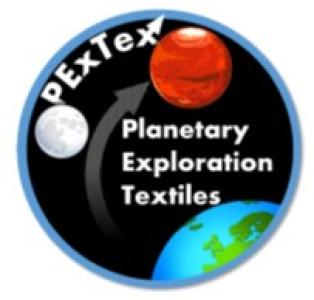Materials Selection for Surface EVA Suit development

To define and validate candidate materials that demonstrate key concepts of the EVA Suit development: radiation exposure, dust contamination, health monitoring, that are ready to be integrated into the fabric of the EVA suit
This work begins the material selection process for EVA suits based on initial inputs from the EAC team that is developing an ergonomic prototype space suit. Any selected materials shall satisfy the following key requirements, based on discussions with EAC: (i) Radiation, (ii) Dust contamination and cleaning, (iii) health monitoring for suit.The initial concept of EVA suit is defined on paper by the EAC team, to define the conceptual size and capability of an EVA suit and hence define the key requirements for suit operation and maintenance in service.For each key requirement a literature and database review is conducted to define suitable candidate materials to satisfy the requirement. Candidate technology to integrate smart fibres (for piezo-electric charge accumulation and health monitoring) are identified through research and available proof-of-concept experimental data already available are used to save time in developing purely theoretical concepts. At least one candidate technology is expected for further work for each of charge accumulation and health monitoring, accounting for any synergistic properties (any properties that can enable both of these behaviours). For candidate materials that are not already space qualified, a test programme is developed and executed to assess effects of Radiation and vacuum plus thermal effects (e.g. outgassing) on the basic properties. Test methods for abrasion in dusty conditions (simulating abrasion of regolith on planet surface) are considered using known standards (e.g. ASTM G65) and if appropriate, alternative test methods investigated and developed. Mechanical properties of candidate materials shall be obtained before and after environmental conditioning (radiation, abrasion, impact etc) to demonstrate robustness of materials. The aim here is to develop a robust smart material that passively accumulates charge with the motion of the astronaut and can distribute the charge over the suit material, to repel charged particulate contamination. For candidate materials selected from testing in early stages of the activity, propose solutions for integration of smart fibres, resin additives or other means that will enable detection of damage or degradation of suit integrity, for a given stimulus (e.g. impact or abrasion). This is based on the technology proposed. There may be iterations to achieve the best trade-off of effects. The final stage of this activity is to develop prototype material (with selected suit material plus proposed health monitoring technology and anti-dust charge technology) and validate by testing expected/ target performance for further implementation in advanced prototype EVA suits (planned by EAC).
